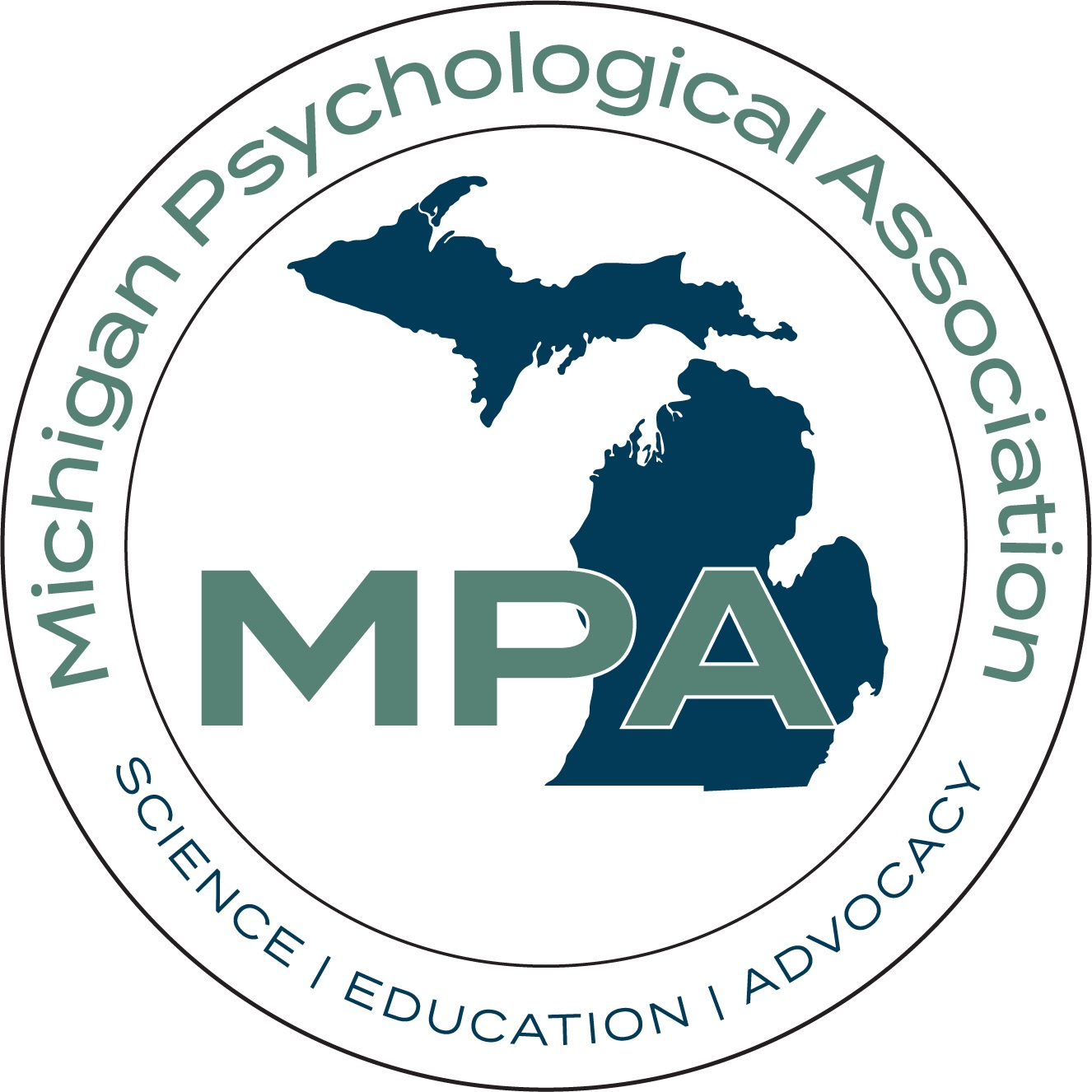What’s New in Psychology?
Widespread Use of Cannabis Related to Psychiatric Disorders
Jim Windell
More and more people that I talk to are open about their use of cannabis products. They say that cannabis has eliminated their sleeping problems, reduced pain in their joints or has decreased their anxiety or depression.
In addition, when I visit small towns throughout Michigan and adjoining states, I am amazed that there are more cannabis dispensaries than there are gas stations or drug stories.
Survey results and government statistics bear out my perceptions. First of all, cannabis products are now legal in 21 states. Second, the marijuana industry adds about $100 billion to the U.S. economy. Third, about 14% of Americans regularly use cannabis products and that number jumps to 20% for people between the ages of 18 and 29.
But the widespread use of cannabis apparently comes with a price. That’s the conclusion of a study that comes from the University of Maryland School of Medicine.
In a report published recently in the New England Journal of Medicine, the increased use of cannabis and its increased potency are associated with a rise in cannabis-related psychiatric conditions.
David A. Gorelick, M.D., Ph.D., Professor of Psychiatry at the University of Maryland School of Medicine, conducted an extensive review to educate physicians on the array of health issues that may be associated with short-term and long-term cannabis use. In his paper, he aimed to heighten public awareness around cannabis use disorder, both in terms of recognizing its symptoms and understanding treatment options.
“There is a lot of misinformation in the public sphere about cannabis and its effects on psychological health with many assuming that this drug is safe to use with no side effects,” said Gorelick, who is also Editor-in-Chief of the Journal of Cannabis Research. “It is important for physicians and the public to understand that cannabis can have addictive effects and to recognize signs and symptoms in order to get properly diagnosed and treated.”
Cannabis use disorder is defined as problematic marijuana use. Symptoms include craving the drug and failing to control its use despite experiencing negative side effects like problems at work or school. It is most prevalent in people who use cannabis more than four days a week. While the primary risk factors are the frequency and duration of cannabis use, having another substance use disorder or other psychiatric condition also increases the likelihood of the diagnosis.
“Almost 50 percent of people with cannabis use disorder have another psychiatric condition such as major depression, post-traumatic stress disorder, or generalized anxiety disorder,” said Gorelick. “It’s vital that patients seek the right psychiatric treatment to address their risk factors.”
Physical signs and symptoms of cannabis use disorder can range from yellowing of the fingertips to increased depression and anxiety while using cannabis. To be properly diagnosed by a clinician, however, patients must meet two or more criteria for cannabis use disorder as outlined by the DSM-5-TR. These include doing poorly at school or work or missing important family obligations due to cannabis use. Experiencing withdrawal symptoms or cravings for cannabis are other symptoms.
The paper highlighted other dangers of excessive cannabis use: Cannabis use accounts for 10 percent of all drug-related emergency room visits in the U.S. and is associated with a 30 to 40 percent increased risk of car accidents. In 2022, 18 to 25-year-olds accounted for the highest rate of cannabis-related emergency department visits.
“Approximately one in ten people who use cannabis will become addicted, and for those who start before age 18, the rate rises to one in six,” said Mark T. Gladwin, M.D., the John Z. and Akiko K. Bowers Distinguished Professor and Dean, University of Maryland School of Medicine. “As use of this drug increases, we must delve deeply into basic research to understand the brain’s cannabinoid system. We must also design translational studies of therapies that target these brain mechanisms to help those with cannabis use disorder – particularly young adults and pregnant women – overcome their dependence on this drug.”
Currently, there are seven recognized disorders related to cannabis use. These include cannabis-induced anxiety disorder, cannabis-induced psychotic disorder, cannabis-induced sleep disorder and cannabis-induced delirium, which manifests as hyperactivity, agitation and disorientation with hallucinations. Often, however, the symptoms of a cannabis use disorder can closely resemble those of their non-cannabis-related counterpart disorders.
To properly diagnosis patients for cannabis use disorder, the U.S. Preventive Services Task Force recommends that adolescents and adults be screened for cannabis use disorder (and other substance use disorders) in primary care settings as long as services for accurate diagnosis, treatment and appropriate care can be offered or referred. Screening is best done with a health questionnaire during a healthcare visit. While the FDA has not approved any medication as effective for the treatment of cannabis use disorder, certain therapies can help those with cannabis use disorder manage symptoms and reduce or stop their cannabis use. These include Cognitive Behavioral Therapy (CBT) and Motivational Enhancement Therapy (MET), which help patients to manage thoughts and behaviors that trigger their use of cannabis and to better understand why they use cannabis. Adolescents may gain additional benefits from family-based treatment options.
To read the original article, find it with this reference:
Gorelick, D.A. (2023). Cannabis-Related Disorders and Toxic Effects. The New England Journal of Medicine, 389:2267-2275. DOI: 10.1056/NEJMra2212152




